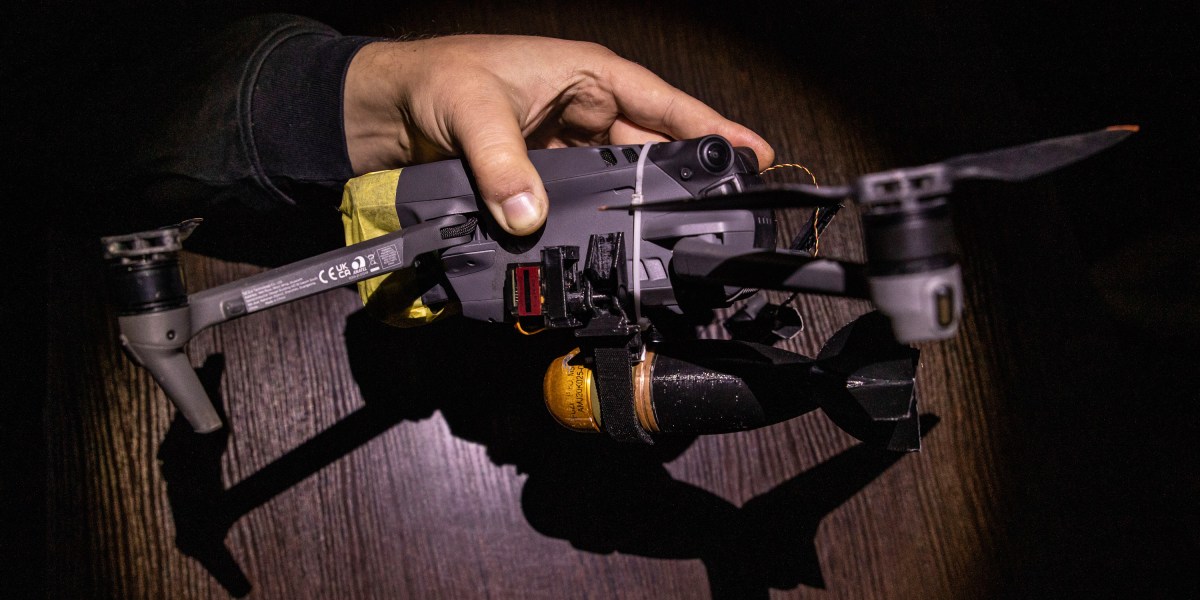- Arvind's Newsletter
- Posts
- Arvind's Newsletter
Arvind's Newsletter
Issue No #651
1.The antecedents and credentials of New York-headquartered short-selling research firm Hindenburg, whose bearish take on the Adani group has set off a firestorm in Indian capital markets, prompting a $50 billion sell-off in equities, has piqued the curiosity of Indian investors.
Since Nathan Anderson started Hindenburg as a standalone research firm in December 2017, the firm has put out notes on 45 companies, according to an executive and review of the reports by Mint.
Anderson has said in past interviews that Hindenburg has six employees. That means an average of nine reports per employee per year.
The firm’s name is an allusion to the nature of its work. The company’s site says it’s named after the “epitome of a totally man-made, totally avoidable disaster". That was the Hindenberg airship accident of 1937, which killed 37 people in New Jersey, US. Read on.
Mass-market military drones have changed the way wars are fought.
When the United States first fired a missile from an armed Predator drone at suspected Al Qaeda leaders in Afghanistan on November 14, 2001, it was clear that warfare had permanently changed. Highly sophisticated, multimillion-dollar US drones were repeatedly deployed in targeted killing campaigns. But their use worldwide was limited to powerful nations.
Then, as the navigation systems and wireless technologies in hobbyist drones and consumer electronics improved, a second style of military drone appeared—not in Washington, but in Istanbul. And it caught the world’s attention in Ukraine in 2022, when it proved itself capable of holding back one of the most formidable militaries on the plane.
The Bayraktar TB2 drone, a Turkish-made aircraft from the Baykar corporation, marks a new chapter in the still-new era of drone warfare. Cheap, widely available drones have changed how smaller nations fight modern wars. Although Russia’s invasion of Ukraine brought these new weapons into the popular consciousness, there’s more to their story.
TB2 has filled a void in the arms market created by the US government’s refusal to export its high-end Predator family of drones. To get around export restrictions on drone models and other critical military technologies, Baykar turned to technologies readily available on the commercial market to make a new weapon of war.
And no surprise, a drone attack on an Iranian military facility was reportedly carried out by Israeli intelligence. A large explosion hit the city of Isfahan, a center of Iran’s missile and nuclear programs. The United States denied involvement, and intelligence officials told The New York Times that Israel’s Mossad was behind the attack Iran supplies weapons to Russia, and Moscow is trying to obtain Iranian Shahab missiles, although U.S. officials say this strike was likely prompted by Israel’s own security concerns. Iran said it had shot down the drones and little damage was caused, though The Guardian cited eyewitnesses and footage which showed huge explosions and smoke.
4.The Netherlands and Japan — home to dominant suppliers of chipmaking tools — agreed to join U.S. restrictions on semiconductors to China. As a result, major companies that are largely unknown to the general population such as ASML and Nikon will not sell advanced chipmaking equipment to China. The American curbs, announced in October, have widely been seen as marking a seismic geopolitical shift, but China can still evade them: Its top nuclear-weapons research institute has been buying U.S. chips despite separate, decades-old, export restrictions, The Wall Street Journal reported.

